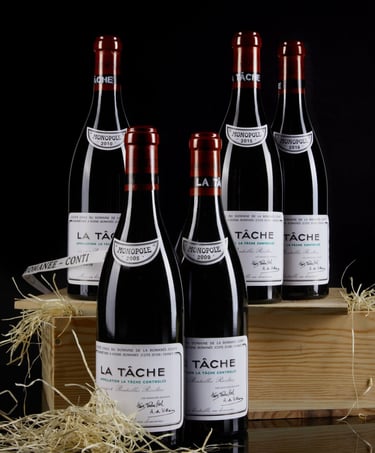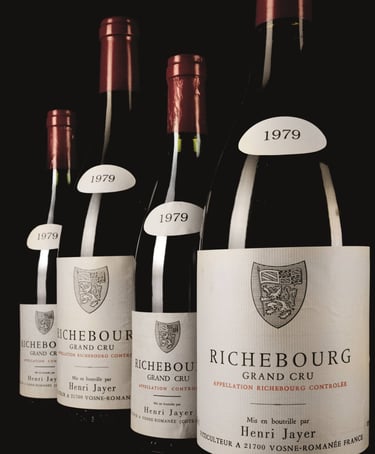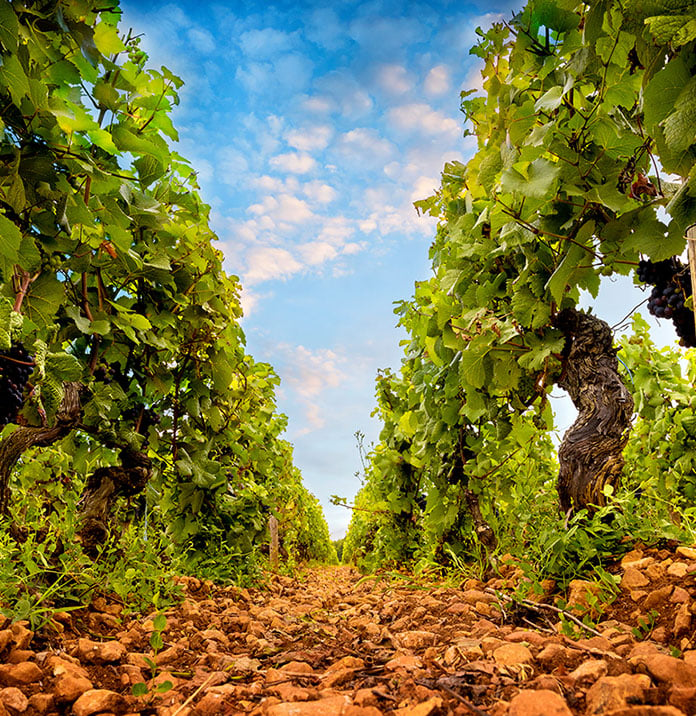International Delivery! 📦
Why Are Burgundy Wines So Expensive? The Secrets Behind Their Luxury Status
2/8/20253 min read
Burgundy wines have long been revered as the pinnacle of fine wine, with some bottles fetching astronomical prices at auctions and commanding a cult-like following among collectors. But what makes Burgundy so expensive compared to other wine regions? The answer lies in a combination of limited production, soaring demand, and the intricate nature of Burgundy’s terroir.
1. Small Production: A Scarcity-Driven Market
One of the primary reasons for Burgundy’s high prices is its limited production. Unlike Bordeaux, where estates can produce tens of thousands of cases annually, Burgundy’s vineyard plots are tiny, often just a few rows of vines.
Fragmented Vineyards: Due to France’s inheritance laws, many Burgundy vineyards are divided into small, family-owned parcels. A single prestigious vineyard may have dozens of owners, each producing only a few barrels.
Low Yields: Many top Burgundy producers prioritize quality over quantity, leading to low-yielding vines that produce more concentrated, expressive wines but in far smaller amounts.
Strict Regulations: Winemakers must adhere to rigorous AOC (Appellation d'Origine Contrôlée) rules, which further limit production.
This scarcity naturally leads to high prices, especially for sought-after bottles like those from Domaine de la Romanée-Conti (DRC), where annual production is just a few thousand bottles.


2. High Demand: A Global Obsession with Burgundy
While Burgundy’s production remains small, demand has skyrocketed over the past two decades. Wine lovers, collectors, and investors worldwide have developed an insatiable thirst for Burgundy, and as a result, prices have surged.
Elite Collectors & Investors: Burgundy has become the ultimate status symbol, especially in Asia, where collectors view these wines as both a luxury and an investment.
Auction Domination: Bottles of Domaine de la Romanée-Conti frequently break records, with some fetching over $500,000 per bottle at Sotheby’s and Christie’s.
Aging Potential: Unlike many wines, top-tier Burgundy ages beautifully for decades, making it highly desirable for cellaring.
With supply extremely limited and demand only increasing, prices continue to climb, making Burgundy one of the most valuable wine regions in the world.


3. Terroir Complexity: The Magic Beneath the Soil
Burgundy is the birthplace of terroir-driven winemaking, where even the slightest differences in soil, exposure, and microclimate can create vastly different wines. This makes Burgundy uniquely diverse, exclusive, and nearly impossible to replicate elsewhere.
Climats and Micro-Terroirs: Burgundy’s vineyards are divided into “climats”, each with its own distinct characteristics. Two plots just a few meters apart can produce wildly different wines.
Historical Prestige: Many vineyards have been producing wine for over 1,000 years, with some first classified by monks in the Middle Ages.
Single-Varietal Expression: Unlike Bordeaux, which blends different grapes, Burgundy wines are typically made from a single grape variety—Pinot Noir for reds, Chardonnay for whites—which intensifies the influence of terroir.
This intricate connection between soil and wine means that every vineyard, every vintage, and even every row of vines tells a unique story, adding to Burgundy’s mystique and desirability.


Conclusion: The Luxury of Scarcity and Prestige
The high price of Burgundy wines is not just about taste, but about history, rarity, and prestige. The combination of tiny vineyard holdings, meticulous winemaking, and a global frenzy for these wines has cemented Burgundy’s status as the epitome of luxury in the wine world.
For those lucky enough to experience a fine bottle of Burgundy, it’s not just wine, it’s a piece of history, bottled with perfection.
Would you like recommendations for affordable Burgundy wines that still capture the magic of the region? Visit our shop!🍷


